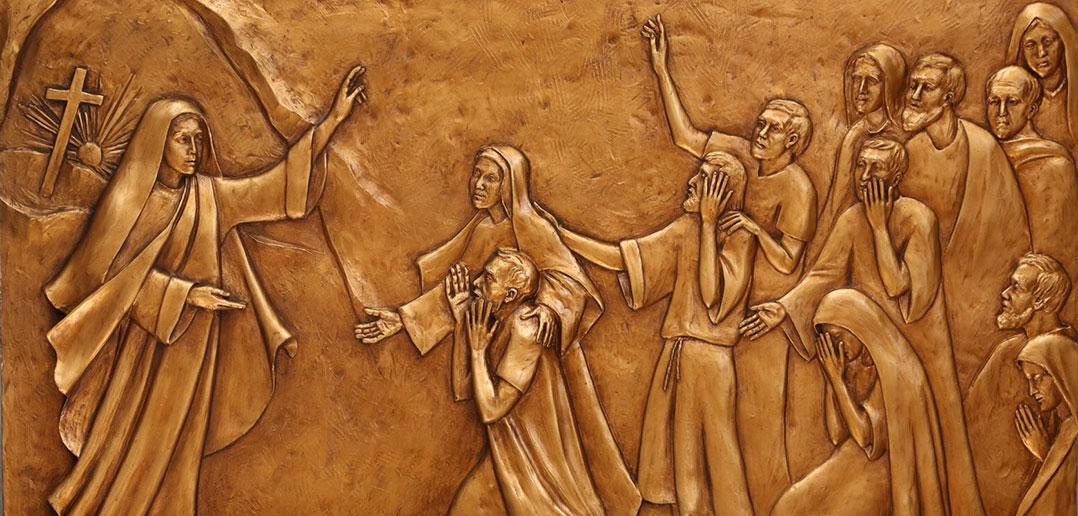
Mary Magdalene went and announced to the disciples, “I have seen the Lord” and that he had said these things to her.
This verse highlights several things we’ve meditated on this week. Yesterday we observed that Mark’s Gospel says the women said nothing, for they were afraid. I commented this dampers some of the feminist enthusiasm that the women were the first bold witnesses of the resurrection.
This passage says Mary did in fact say something and was one of the first primary witnesses of the resurrection. So now do we take all that back and get back on the feminist track? It’s all sort of silliness anyways, isn’t it? It speaks to our current habit of reducing everything to the politics of race, gender, and sexuality. We find things in Scripture we want to find, to support whatever politics we’re trying to push.
Still, we have this issue of a seeming contradiction. Were the women silent or not after witnessing Jesus? Mark says “no.” John says “yes.” This goes back to a meditation a couple days ago about whether there were one or two angels at the grave. Here again, it seems to be a problem arising only recently, in lieu of new standards of veracity and accuracy, standards the Bible writers simply did not have. Again, if there were 5001 people at the feeding of the 5,000, that doesn’t take one drop of divinity out of the account.
Gee, can we have accurate statistics, numbers, and data, and still have fake news? That’s sarcasm. Conversely, can we have broader understandings of “data” while conveying absolutely true, or good, news? It would seem the Bible falls in this category. (And no, I don’t see this as justification for interpreting 7 days to mean 14 billion years.)
Finally, we have the real purpose of this meditation, drawing off a topic we’ve brought up a few times this week, the new mode of Jesus’ being and how He is witnessed.
“I have seen the Lord!” Yet consider, when Mary first saw the Lord, she had no idea it was the Lord. Same also with Peter and the disciples at Emmaus. You could even argue the disciples in the upper room were not convinced it was Him until He showed His wounds. Not until He called their names, or broke bread, or showed the wounds of the cross, did they truly witness Him.
What an incredible and powerful point! Jesus is laying down the foundation for how He is truly witnessed. The witness doesn’t arise from our eyes seeing something, but from Jesus presenting Himself in His new mode through His proclamation of our names and in the breaking of bread, or presenting Himself to us as the crucified one.
They were truly witnesses who saw Jesus in the flesh, after He revealed Himself to them through those means. But so also are we! We witness Jesus in a way similar to the way they did. This, again, is why Jesus told Mary not to hug Him. He’s laying down the foundation for a new way of connecting with Him.
This leads to Jesus’ words to Thomas of course, that while the first generation of disciples did see Jesus, obviously, in an expanded sense that we don’t have, the next generations of disciples will be blessed because, while not seeing, we believe. That “expanded sense” went away, ascending into heaven, but what remained – or better, was continued with the coming of the Holy Spirit – was exactly what Mary, Peter, and the disciples all witnessed, their Lord coming to them in the flesh, calling their names, revealing Himself in the breaking of bread.